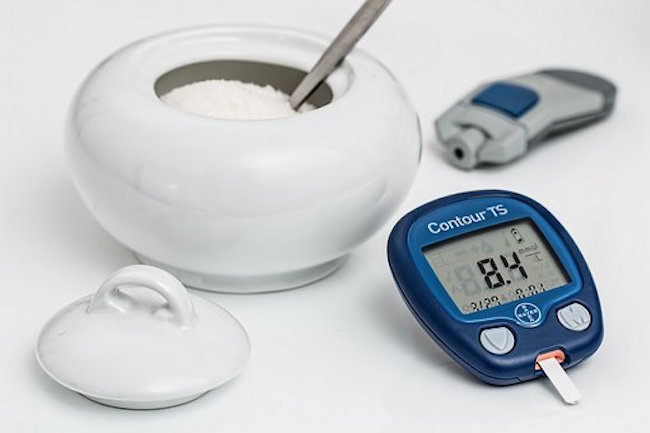People with Type 2 diabetes may suffer from magnesium deficiency, warn researchers By Zoey Sky for Nutrients
According to a study, some people who have Type 2 diabetes might not be aware that they are magnesium-deficient.
The study, which was published in the World Journal of Diabetes, revealed that those who have Type 2 diabetes often have low magnesium levels. This is a serious issue because the mineral plays a key role in blood sugar (glucose) control.
If you have diabetes, you need to understand how much magnesium you have, how much you need and how it can help your overall well-being.
Link between magnesium and diabetes
Magnesium is needed for over 300 biochemical activities in the body. Many of these activities are linked to magnesium metabolism, insulin and glucose.
This means that if you are diabetic and your blood levels of magnesium drop too low, you may experience some health issues. (Related: Common signs and symptoms of magnesium deficiency.)
According to a study in the journal Diabetes, hypomagnesemia, or a serum level of less than 0.7 mmol/L of magnesium, is linked to Type 2 diabetes mellitus. The researchers added that people with hypomagnesemia “show a more rapid disease progression and have an increased risk for diabetes complications.”
The data also suggest that older people with diabetes are more prone to hypomagnesemia, so it may be even more important to monitor the magnesium levels of elderly people with diabetes.
Additionally, those with Type 2 diabetes who are magnesium-deficient are more insulin resistant and have reduced activity in their beta cells, which are the insulin-producing cells.
Fortunately, magnesium supplementation can help improve glucose metabolism, oxidative stress, systemic inflammation, sensitivity to insulin and magnesium deficiency.
Note that low dietary intake of magnesium has been linked to the development of Type 2 diabetes and metabolic syndrome.
Check your magnesium levels, advise health experts
Data suggest that at least 75 percent of people in the U.S. don’t get the Recommended Daily Allowance (RDA) of magnesium. This means there’s a chance that you are low in this important mineral, especially if you also have Type 2 diabetes.
Dr. Carolyn Dean explained that while some experts are calling for more money to investigate the need for supplementation, magnesium is an extremely safe mineral. Instead, Dean recommends using that money to ensure that individuals with Type 2 diabetes and others get more magnesium in their diet and through supplementation.
If you’re worried about your magnesium intake, you can have your magnesium levels checked using a blood test. Normal values of plasma magnesium concentration is 1.7 to 2.1 mg/dL, or 0.7 to 0.9 mmol/L, or 1.4 to 1.8 mEq/L.
However, different labs use different measuring standards so it is best to discuss your findings with your healthcare provider.
One challenge concerning testing for magnesium levels is that your body, in an attempt to maintain homeostasis, will try to keep blood levels of magnesium stable by releasing the mineral from tissues and bones. This means your test results may show normal magnesium levels even though you may already be in the early stages of deficiency.
Additionally, magnesium levels are affected by the use of certain medications. Drugs that can decrease magnesium levels include:
- Antibiotics
- Cyclosporine
- Digoxin
- Diuretics
- Insulin
- Laxatives
- Phenytoin
On the other hand, these are some of the best dietary sources of magnesium:
- Almonds
- Artichokes
- Avocado
- Bananas
- Black beans
- Brazil nuts
- Cashews
- Dark chocolate
- Fatty fish, like halibut, mackerel and salmon
- Figs
- Kefir
- Leafy greens
- Pumpkin seeds
- Seeds
- Tofu
- Whole grains
You can also take magnesium supplements, which are available in several forms like bath salts, capsules, lotions, oil and tablets.
If you are on oral magnesium supplement, the mineral will be bound to other substances, helping your body absorb and utilize the nutrient better. Examples include magnesium chelate, magnesium chloride, magnesium citrate, magnesium glycinate and magnesium oxide. Note that the latter form is not well absorbed and may cause loose stools.
Topical magnesium in the form of bath salts, gel, lotion or oil, all coming in the form of magnesium chloride, bypasses the digestive system. Topical magnesium is absorbed directly into the cells, so consider this option if you are not big on pills.
Follow a balanced diet and take supplements to boost your magnesium intake, especially if you have Type 2 diabetes.




